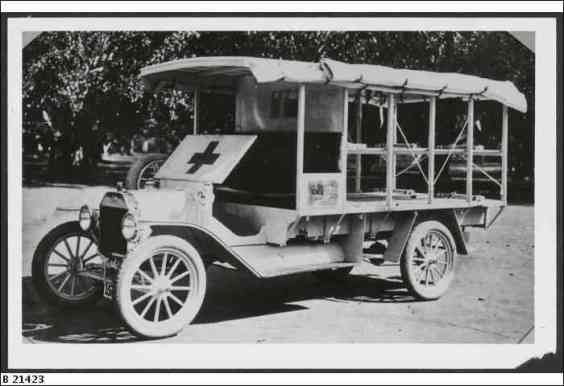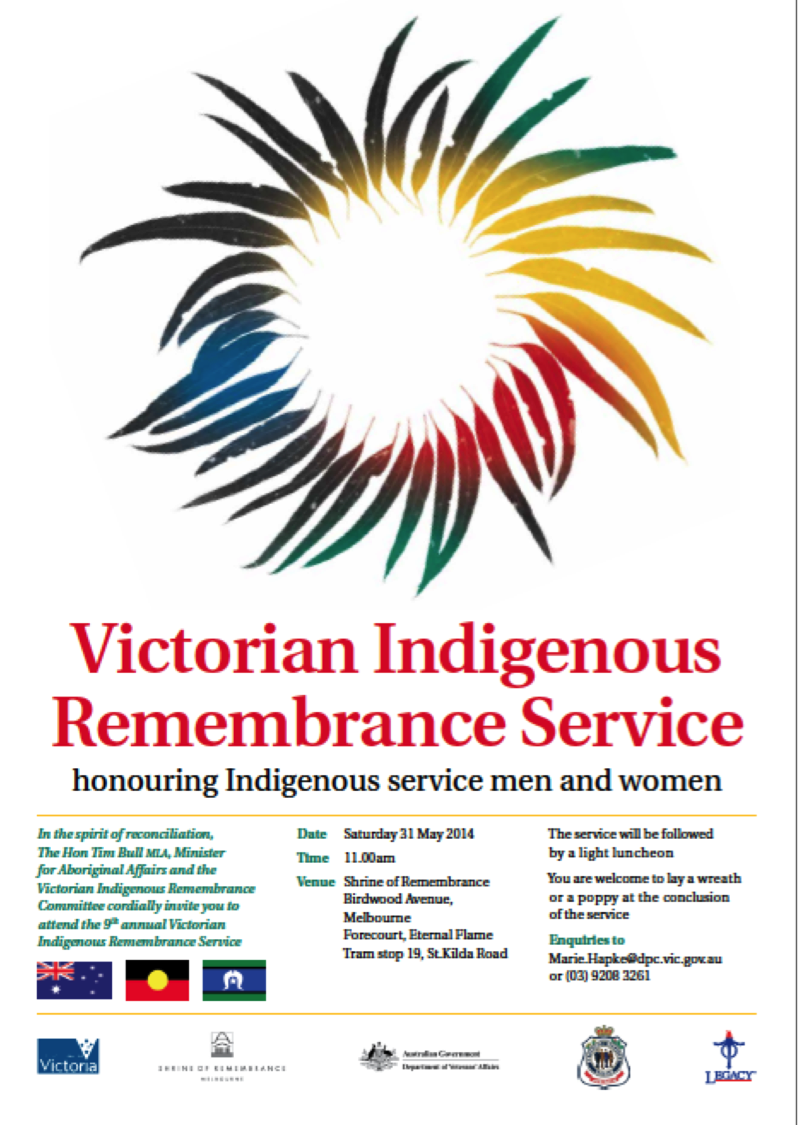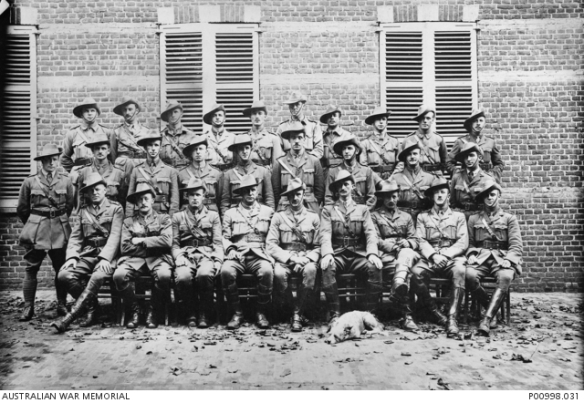May 4th 2015 marks the 100th anniversary of the presentation of two Ford ambulances to the Australian Department of Defense.
Even before the horrors of the Gallipoli and the Western Front were apparent, the women of South Australia’s Eastern District had begun planning events to fund, purchase and deliver two new ambulance to aid the troops on the front line of the First World War.
Having led the way in woman’s suffrage, the women were not bothered by lack of British Empire capacity to meet their requirements for two new ambulances. Ahead of their time in the logistics of war, they instead turned to the American company Ford, who rapidly came supplied the vehicles.
Here is their story, as reported on June 16, 1915, in Mount Gambier’s Border Watch:

“Ford” ambulance presented to the Commonwealth Government during the 1914-18 War by the women of the South Eastern District at Mount Gambier, 1915. Image courtesy of the State Library of South Australia, B21423, accessed via Trove, April 6, 2015
MOTOR AMBULAN6E FUND.
‘The final meeting of the committee who promoted the scheme for the purchase of two motor ambulances from the ladies of the South-Bast for the benefit of wounded soldiers in the European war was held on Monday afternoon in the Town Council Chamber.
‘The Mayor (Mr. J. F. Balamonntain) presided. The hon, secretary (Miss B. M. French) read the following report : “Mr. Chairman and Lady President, Ladies and Gentlemen, …As you are aware, at a meeting held 0n April 1 it was decided to purchase two Ford motor ambulances, and the order was given to Messrs. Duncan and Fraser, of Adelaide, through their local manager here. It was originally intended to 1 cable the money home, but at time the selection was being made, the English Government had commandeered most of the English output in the motor trade, so that we were unable to avail ourselves of any advantage in this respect.
In consequence of the same restrictions, Adelaide orders had been entrusted to local firms, and cars had been successfully built under military supervision. Such being the case, we had no hesitation in doing the same, as it was of great importance to get them away as soon as possible.
Messrs. Duncan and Fraser executed the order in less than a month, and on May 4 they were formally handed over to the Defence Department by Mr. Livingston, M.H.R., who kindly made a special journey to Adelaide for the purpose. The following note was presented by him to the Military Commandant, Col. Irving .
‘To Col. Irving, Military Commandant.
Dear Sir, – On behalf o£ the women of the South Eastern District of South Australia, we have much pleasure in presenting for your acceptance, through Mr. Livingston, M.H.R., two Ford motor ambulance cars, for service at the front. Trusting they will help to alleviate some of the suffering of our brave troops, we remain, on behalf of the subscribers, yours faithfully,
L. Palamountain (President),
Bertha M. French (hon.’secretary),
Women’s Patriotic League.’

“Ford” ambulance presented to the Commonwealth Government during the 1914-18 War by the women of the South Eastern District at Mount Gambier, 1915. Image courtesy of the State Library of South Australia, B 21422, accessed via Trove, April 6, 2015
In reply to the above I received the following acknowledgment :-
‘Dear Madam,- I have to acknowledge receipt of your letter re motor ambulances, presented by the women of the South-East, for which I thank you. Please accept my sincere thanks for your generous gift, which will be of incalculable value to the forces. Yours faithfully, A. G. H. Irving, Commandant.’
Mr. Livingston, on the day of presentation, kindly sent a telegram, which said :-
‘Presented motor ambulances. Commandant gratefully accepted, and sends best thanks to yourself and ladies of South Eastern district.’
I think also our thanks are due to Mr. Livingston, who spent thirty hours in the train, an experience not ardently desired by many, in order, to oblige the ladies of the South-East. Two photographs were taken of the cars, and the committee intend to scud a copy of one of them to each of the branches that contributes towards the success of the undertaking, If more copies are required as mementoes, orders can be left with me for them.
In conclusion, Mr.Chairman, I would like to thank all those who have in any way helped to bring this stiff proposition, as we were told in the beginning, to a successful issue. And the knowledge that the ambulances will help to save the lives of many brave men fills us with gratitude and a deep sense of pleasure that we have been able to do even this much to help the dear old Homeland in her hour of need.-
I am, yours faithfully, Bertha M. French,
hon, secretary, Women’s Patriotic League.”
From the 1915, June 16 Border Watch (Mount Gambier, SA : 1861 – 1954), p. 2.
Retrieved April 6, 2015, from http://nla.gov.au/nla.news-article77775797






 He saw service in Gallipoli and France and was promoted to captain in 1916. Wounded and ill, he was recommended for the Military Cross for his gallantry at Pozieres, but Mentioned in Despatches, his health deteriorated. A report recommended he be returned to Australia in 1916 as unsuitable for active duty, but other medical evaluations determined he was fit for duty. Sadly, it took another three years before he arrived home in Melbourne in 1919.
He saw service in Gallipoli and France and was promoted to captain in 1916. Wounded and ill, he was recommended for the Military Cross for his gallantry at Pozieres, but Mentioned in Despatches, his health deteriorated. A report recommended he be returned to Australia in 1916 as unsuitable for active duty, but other medical evaluations determined he was fit for duty. Sadly, it took another three years before he arrived home in Melbourne in 1919.
